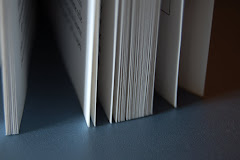The introduction makes the point that Krleza was a communist that made as many enemies as he did fans but regardless of his political views deserves to be read more widely than he has been. This book, his most well known, is set in the 1930s with the threat of Nazi Germany looming on the horizon.
Bullet points between pages 1 - 80
* Philip arrives at a station in the town where he grew up and slowly retraces some of the steps of his youth revealing that he hasn't been home for 11 years after having a row with his mother who ran a tobacco shop and lived in the top floor of a building in a flat they shared
* He visits the tobacco shop where she used to work and reminisces about the past and hovers around the village before getting to a point where he can’t stand the idea of wasting any more time there
* He hitches a lift to the nearest town where the bishop resides, where his father worked before he died when Philip was two, and where his mother lives
* He seems to have come back not so much to meet his mother and find out the truth about his father, which is in doubt, but also as an artist to rediscover his muse and be inspired again by colour
* Once in the village he becomes immersed in the gossip which includes rumours of the devil roaming at night and werewolves wandering around in soft shoes and it gives Philip, who has really lost his artistic direction a welcome relief
“To live a while amidst mares and cats, amidst village rumours, to feel the rough calf tongue on one’s palm, to watch plants growing, from day to day ever increasingly green and lush, with mathematical precision adjusting themselves to the maximum, amount of light and sunshine, those were soothing things for Philip’s neurasthenia.”
* But he doesn’t find life soothing for long as his mother demands he does a portrait of her but as he produces something that shows off the real her instead of the wigs and make-up she is horrified
More tomorrow…









